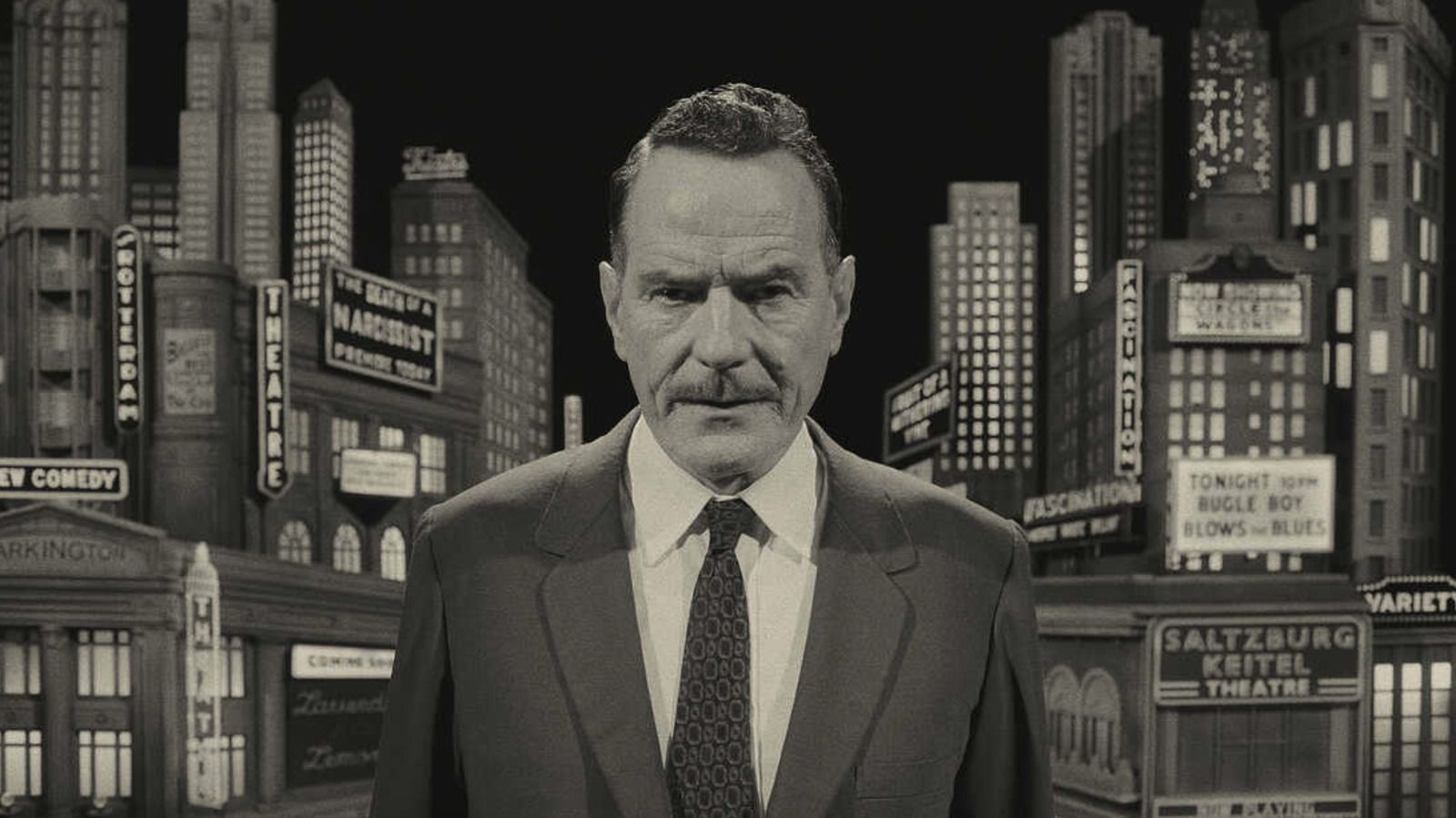Asteroid City Is Stealing Some Of Oppenheimer's Thunder
Asteroid City Is Stealing Some Of Oppenheimer's Thunder
Wes Anderson's new film "Asteroid City" is a meta-narrative sci-fi dramedy about ... I think ... the power an author's personal life tends to exert itself over their creative output. Even if someone is writing a story about ray guns, aliens, and the frustrations of quarantine, they will ultimately be writing a story about themselves and their own anxieties. It's explained in an introduction that "Asteroid City" is the idealized version of a stage play, written by a celebrated playwright decades before, and long since passed into posterity. Characters will exit the film and transform into mere actors backstage where they will confront the playwright about the play's meaning. He cannot give an adequate answer. The final message of the film is the rather meaningless refrain of "You can't wake up if you don't fall asleep."
Notably, the "real life" sequences are in black and white, while the fantasy sequences are in vibrant, Radiator Springs color.
Most of "Asteroid City" is unique, standing apart in content even from other Wes Anderson movies. There are, however, multiple aesthetic similarities between "Asteroid City" and Christopher Nolan's upcoming biographical movie "Oppenheimer." Indeed, because "Asteroid City" was released first, one might be tempted to suggest that Nolan had borrowed ideas from his forbear. If one were so inclined, one might even become bold and begin to assert that "Oppenheimer" wouldn't exist were it not for "Asteroid City." If one were so inclined, of course.
Let us look at the many similarities between the two films and surmise what we shall surmise, shall we? Surmise we shall.
Source: /Film


